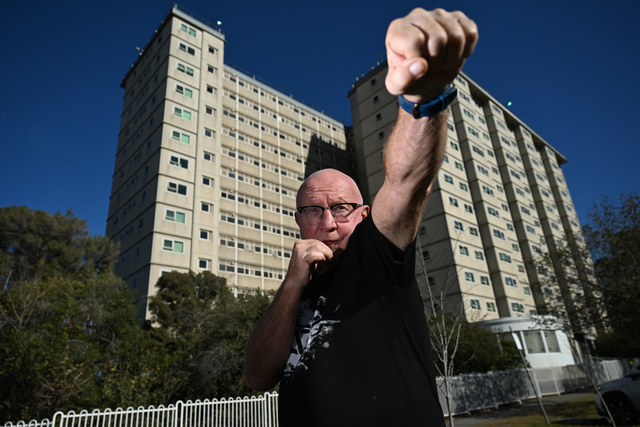AN EXPERT report has warned that people living on the proposed Port Phillip Woollen Mill development site in Williamstown could die in the event of a vapour cloud explosion (VCE) at Mobil’s Gellibrand tank farm.
Its authors, explosion and dispersion consultancy GexCon Australia and Williamstown’s chemical engineers and expert witnesses IF Thomas & Associates, recommend detailed investigation into development of the mill site after finding that “loss of life and considerable property damage” could result from a VCE caused by fuel leakage.
The report was commissioned by the Save Williamstown group, which opposes Nelson Place Village’s plans to develop the 2.7-hectare mill site to house 2000 residents.
The report states: “Findings of explosion modelling conducted show that considerable damage would be caused at the adjacent BAE Systems premises (the former Williamstown Dockyard).”
It states that consideration of planning criteria in the UK following the Buncefield explosion, and in Victoria, “further emphasise the need for detailed investigation in the future”. (The Buncefield oil storage depot in Hertfordshire, England, ignited on December 11, 2005, causing an explosion measuring 2.4 on the Richter scale.)
The report states that in the event of an explosion at the Gellibrand tank farm, “much of the housing present at up to 360-414 metres’ distance should be regarded as having windows broken, having occupants suffering flying glass injury and having damage sufficient to render premises unoccupiable.
“. . . this would also affect some of the existing houses in Kanowna Street and Cecil Street. Closer to the tank farm, one of the piers and some of the buildings at BAE Systems would be heavily damaged. Although of low occupancy, it should not be forgotten that pedestrians in Gellibrand Park within the distances specified would also be affected, with those closest potentially suffering death.”
Part of the mill site is less than 300 metres from the fuel tanks. The report’s authors recommend an “expanded study be used as a benchmark” to test Victoria’s approach to residential development in previously, predominantly industrial zones containing major hazard facilities.






